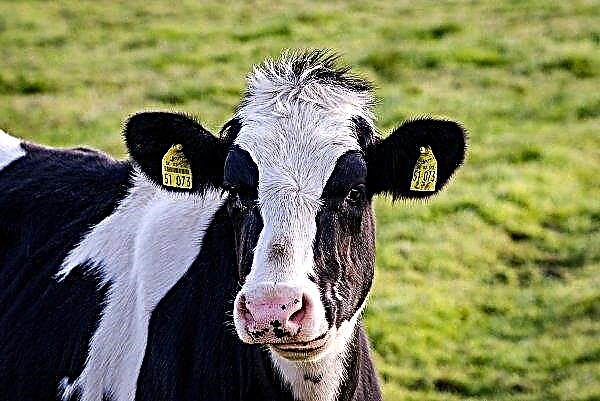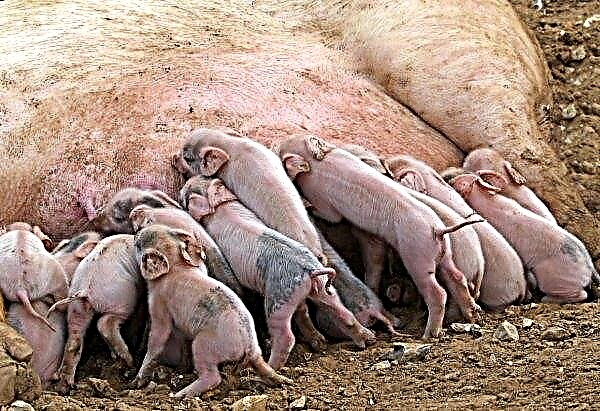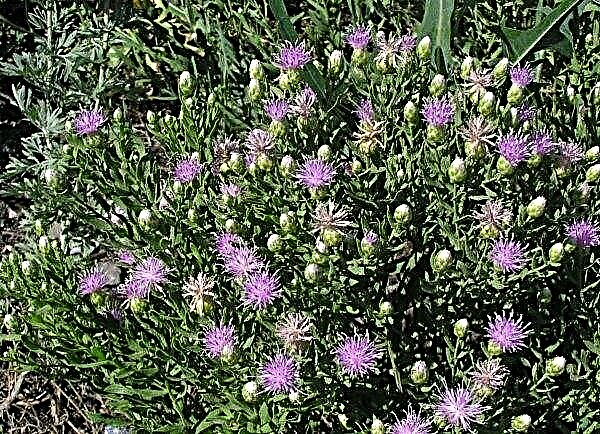Genetic experiments do not always end happily. A vivid illustration of this fact is the creation of an aggressive variety - Africanized killer bees. The article sets forth the details of the appearance of this hybrid, describes the features of its life and gives recommendations on how to avoid the attack of these dangerous insects.
The story of the appearance of Africanized killer bees
Before European colonization, extremely small, stingless bees, known as melipons or trigons, lived in South America. Their honey is more fragrant and healthy than usual for us. But, unfortunately, melipons are not as melliferous and productive as their European relatives. Colonists brought into the New World a highly productive Ligurian bee, but under the influence of a hot tropical climate, the introduced breed began to weaken, and over the years its collection rate steadily decreased. That is why in 1956, a new bee breed was bred in Brazil by the professor of entomology Warwick Kerr by crossing a European and hardy West African variety (Apis adansoni). The resulting hybrid was distinguished by high rates of honey collection and perfectly existed in the tropics; at the same time, the new variety was overly aggressive.
That is why in 1956, a new bee breed was bred in Brazil by the professor of entomology Warwick Kerr by crossing a European and hardy West African variety (Apis adansoni). The resulting hybrid was distinguished by high rates of honey collection and perfectly existed in the tropics; at the same time, the new variety was overly aggressive.
Did you know? Maya people appreciated and deified bees. Images of the deity Mok Chih, dressed in a bee costume or holding a vessel with bees, have been preserved. Maya received a ritual alcoholic beverage from honey - pulke, available only to priests.
Due to a fatal accident (the visitor removed the fence) 26 queens from the experimental colony were released and quickly seized control of the local bee breeds. The Africanized hybrid does not look much different from the European honey, with the exception of pronounced black stripes on the golden body and the sting structure, which in killer bees does not have pronounced notches. This is why this insect can sting repeatedly, releasing poison over and over again. In addition, their incubation period is one day shorter, which also gives them a competitive advantage over their relatives.
The behavior of Africanized bees is characterized by:
- acute reaction to pungent odors;
- aggressiveness, excitability;
- propensity for migration;
- fertility;
- resistance to weather conditions;
- hard work, the ability to fly at night in the midst of honey collection;
- loyalty.
Did you know? Plants are susceptible to buzzing bees. A certain buzzing frequency increases the concentration of sugar in nectar.
African killer bee lifestyle and habitat
Initially, the Africanized hybrid was nicknamed the "killer" (port. "Assassino") not because of the danger to humans. The name was given to them thanks to the introduction into local hives under the guise of working bees. Gradually, renegade hybrids approached the queen, killed her and became the head of the colony. Soon the local breed was swallowed up by the African, and then hybrids were metalized bees in the central zone of the continent and gradually move north to the United States.
Today, killer bees are ubiquitous in:
- Brazil
- Colombia
- Argentina
- Mexico
- Guinea
- Venezuela;
- Southern United States.
Important! The hybrid is very sensitive to sound stimuli, whether it is the noise of a motor or the vibration of electrical appliances.
How insects spread
They are characterized by the migratory nature of swarming, due to which they are rapidly exploring new territories. Strong reproductive potential also contributes to rapid spread. Hopes that these natives of warm regions will not be able to form winter clubs under the reserves of honey and heat each other did not materialize. During the year, the new breed advances on average 270 km northward. Since the 1990s, the bee can be found in the United States.
What problems does their movement create?
The rapid increase in the number and spread of Africanized bees farther north, in addition to the danger to humans and animals and the decrease in the number of apiaries, is fraught with a violation of biological balance. The hybrid threatens the existence of a population of wild bees in the United States, not only because of its aggressiveness, but also as carriers of diseases such as varroatosis and acarapidosis.
Important! Apiary smoke and other smoke sources will not protect against killer bees. The only more or less reliable defense against attack is the smell of vinegar.
In addition, the effect exerted by the hybrid on pollination of crops is ambiguous (killer bees crowd out local pollinating insects, but are not able to adapt to pollination of unfamiliar plants, which entails loss of crops).
The danger of killer bees to humans
Hundreds of people and thousands of animals became victims of these insects. Dangerous are individuals who have reached the age of 20 days (the so-called "guardians of the hive"). They instantly attack any moving target (especially black) within 5 meters and can chase a victim up to several kilometers.
The main dangers of the Africanized hybrid:
- collective attack (the entire colony rises to attack in 1 second);
- prolonged aggressive state after the disappearance of the stimulus;
- the ability to sting a victim several times.
After 7-8 bites (exposure to 2.1–2.4 mg of poison), extremities swell in a person, pain appears. In people prone to allergic reactions, anaphylactic shock is possible. A fatal outcome occurs after 500-800 bites (by the strength of the toxic effects are equal to a rattlesnake bite).
Avoiding Attack and Avoiding Bites
There is no ideal way to deal with an Africanized hybrid. To prevent an attack, necessary:
- carefully plan the route of movement, trying to move as slowly as possible in the area of the alleged location of the bee colony (too fast movement can cause aggression);
- Do not use electrical appliances with a vibrating sound (bees pick up vibration at a distance of 30 m).

In the event of an attack should:
- Do not panic (stress contributes to the spread of toxins in the body);
- immediately inform the rescue service;
- remove the sting remaining in the body and apply a gauze bandage soaked in hydrogen peroxide to the bite site;
- drink as much clean water as possible;
- people at high risk (pregnant, elderly, children) and exposed to more than 10 bites should be hospitalized as soon as possible.
So, Africanized bees really turned out to be much more productive, viable and resistant to hot tropical conditions. The flip side of the selection process is the incredible aggressiveness of this hybrid. It is very difficult to keep at home because of the danger to humans and pets. In addition, the rapid spread of the hybrid to the north threatens the biological balance of the species.












